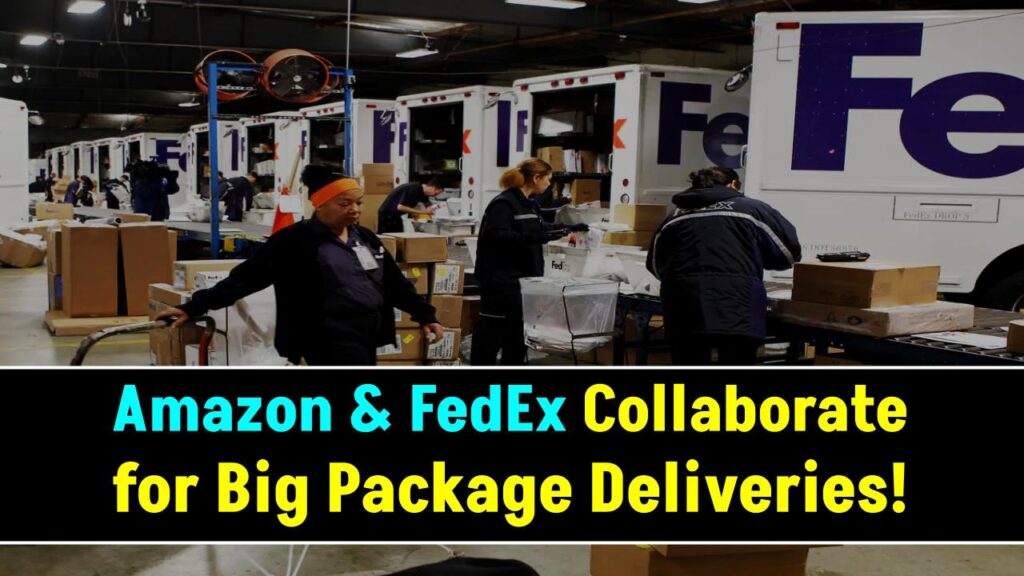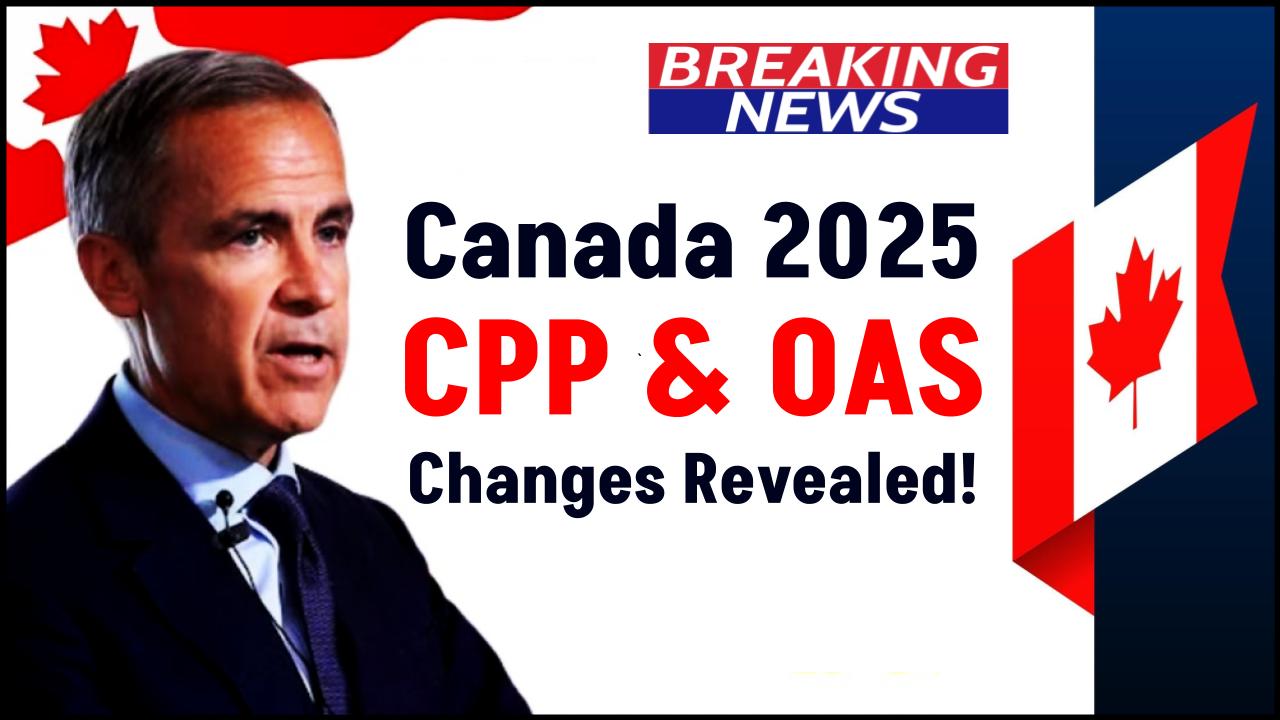Amazon Expands FedEx Collaboration: Amazon has officially expanded its collaboration with FedEx to enhance the delivery of large, heavy, and hard-to-handle packages, marking a strategic move in the ever-evolving e-commerce logistics landscape. This renewed partnership, which comes after a six-year break, aligns with Amazon’s growing logistical needs and FedEx’s desire to strengthen its foothold in the high-margin, large-parcel delivery market. In 2019, FedEx halted its U.S. ground and express services for Amazon, aiming to focus on other opportunities. But the two logistics giants have found common ground once again. Their new multi-year agreement primarily targets residential delivery of bulky packages, especially in rural and hard-to-reach areas.

Amazon Expands FedEx Collaboration
| Feature | Details |
|---|---|
| Delivery Focus | Large, heavy, and hard-to-handle packages |
| Target Areas | Primarily rural and low-density regions |
| Partnership Benefit to Amazon | Cost efficiency compared to UPS, diversified logistics network |
| Benefit to FedEx | Revenue growth, capitalizing on e-commerce surge |
| Strategic Timing | UPS plans to cut Amazon volume by 50%+ by 2026 (Reuters) |
| Official Source | FedEx Newsroom |
The renewed partnership between Amazon and FedEx marks a strategic evolution in how large packages are delivered across the U.S., especially in rural areas. As Amazon seeks cost efficiency and logistical reach, FedEx benefits from a fresh revenue stream and a stronger position in e-commerce. This alliance highlights the importance of adaptability in logistics and offers promising developments for both consumers and professionals.
Why This Partnership Matters
A New Era in E-Commerce Logistics
The shift toward larger items—think home furniture, gym equipment, and outdoor gear—has surged since the pandemic accelerated online shopping. Customers expect these products to be delivered quickly and safely, no matter where they live. This is where FedEx’s strength in complex logistics comes in. For Amazon, it’s about optimizing costs and leveraging FedEx’s already extensive delivery network to reduce the strain on its own fulfillment infrastructure. For FedEx, it means tapping into Amazon’s massive e-commerce volume, especially now that UPS is scaling back.
Cost-Effective, High-Margin Strategy
According to MarketWatch, deliveries of large packages are not only more profitable but also less frequent—allowing for more flexibility in delivery timing and resource allocation. FedEx has stated that its logistics network is particularly well-suited for handling these types of shipments, which require special handling, larger vehicles, and trained personnel.
What This Means for Consumers
1. More Reliable Deliveries in Rural Areas: Consumers in remote areas will see faster, more reliable deliveries of large items, which were previously slower due to logistical challenges.
2. Better Delivery Experience: With FedEx’s expertise, customers can expect fewer delays, damage-free handling, and better tracking systems.
3. Competitive Pricing: As Amazon continues to streamline costs, the benefits may trickle down to the consumer in the form of lower shipping fees or included delivery with Prime.
What Professionals and Sellers Should Know
For Amazon Sellers
- Expanded Delivery Options: Sellers shipping large goods now have a more reliable third-party logistics option.
- Potential for Reduced Return Rates: Proper handling reduces the likelihood of returns due to shipping damage.
- Wider Market Access: Easier delivery in rural areas opens up previously underserved markets.
For Logistics Professionals
- Career Opportunities: As demand grows for specialized delivery drivers and logistics coordinators, professionals with experience in large-package handling will be highly sought after.
- Trend Toward Specialization: Logistics providers focusing on niche segments like oversized items are poised for growth.
How the FedEx-Amazon Deal Works
Step 1: Order Placement
Customers order large or heavy items on Amazon. The system determines if FedEx is the best delivery partner based on the delivery location and item type.
Step 2: Fulfillment Coordination
Amazon sends the order to a fulfillment center that handles oversized goods. These are typically warehouses with special loading docks and equipment.
Step 3: FedEx Pickup and Transport
FedEx picks up the package and transports it through their freight or ground network, depending on size and distance.
Step 4: Final-Mile Delivery
Specialized FedEx personnel complete the final delivery to the customer’s door, often scheduling delivery times for convenience.
Step 5: Post-Delivery Support
FedEx’s tracking and customer service systems allow for issue resolution, damage claims, or rescheduling.
FAQs on Amazon Expands FedEx Collaboration
Why did FedEx and Amazon split in 2019?
FedEx ended its Amazon contracts to focus on broader e-commerce opportunities and reduce dependency on Amazon. The move allowed FedEx to build a more diversified client base.
Why are large-package deliveries important now?
The shift in consumer behavior post-COVID has increased demand for bulky items delivered directly to homes. As a result, this delivery segment has become a strategic focus for logistics providers.
Will this affect regular Amazon Prime deliveries?
No, this partnership focuses on large items. Standard packages will still be handled by Amazon’s internal delivery network and other third-party carriers.
What does this mean for UPS?
UPS is scaling back its Amazon business to focus on more profitable logistics operations. This creates space for FedEx to re-enter the market.





